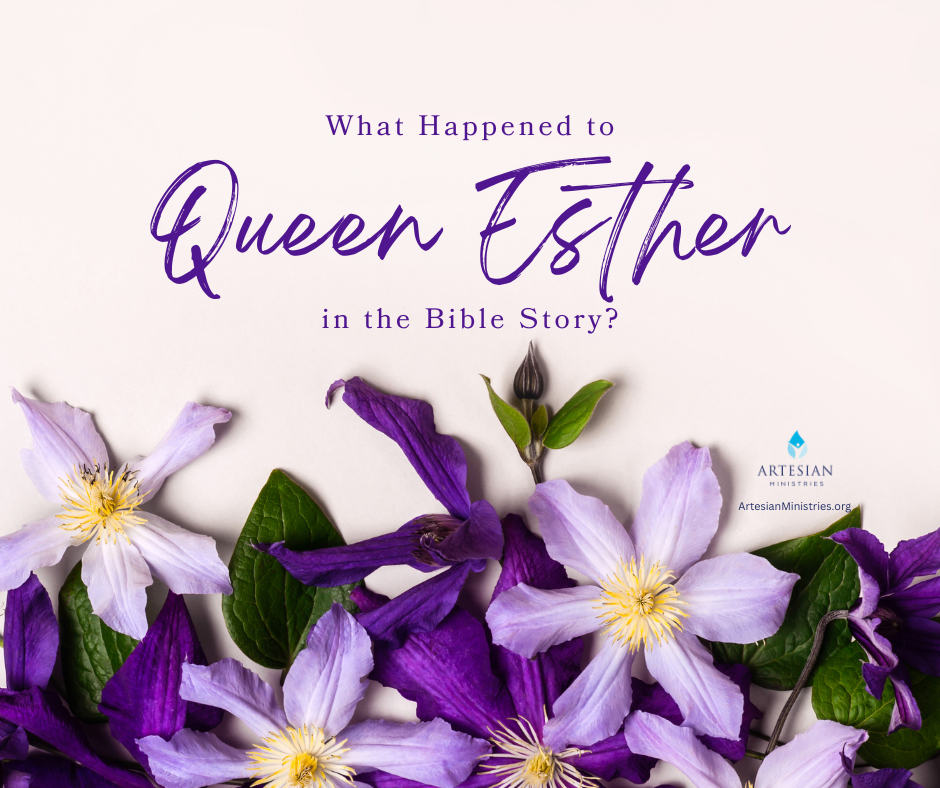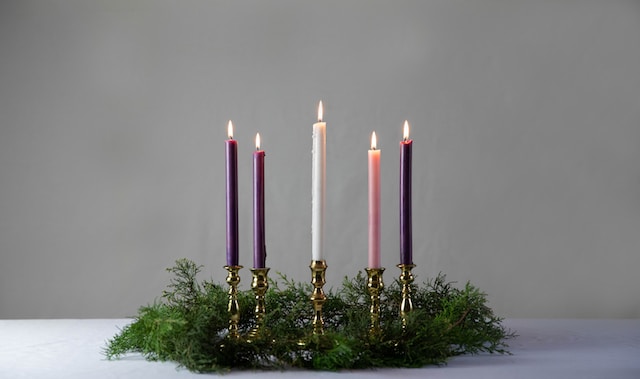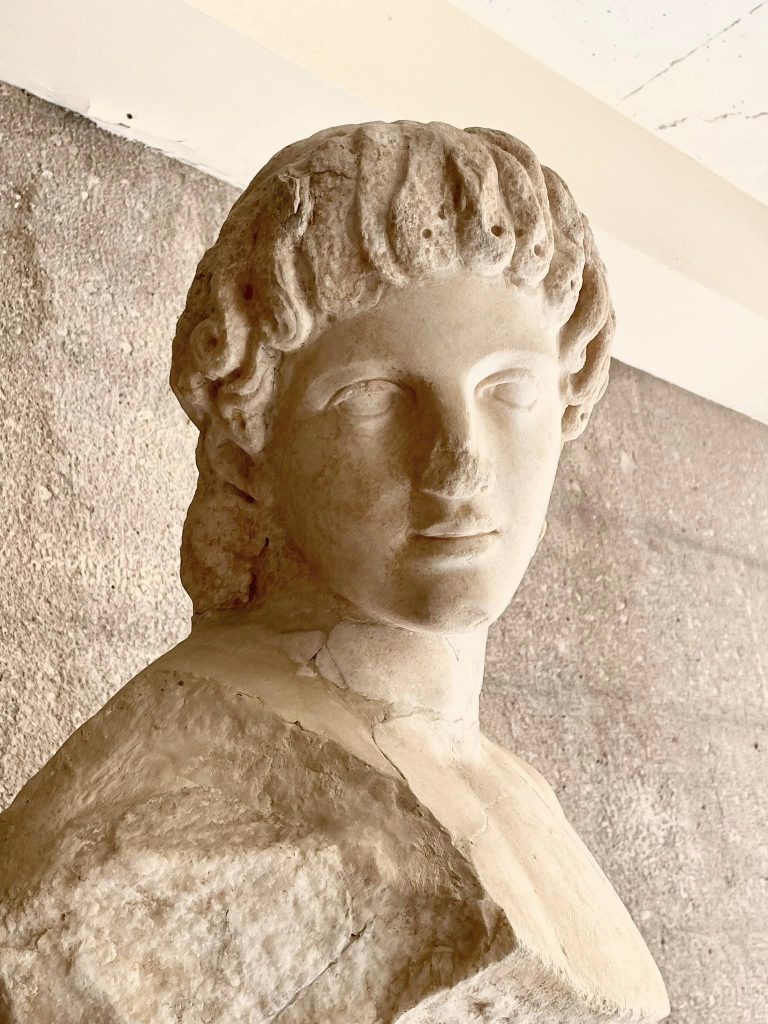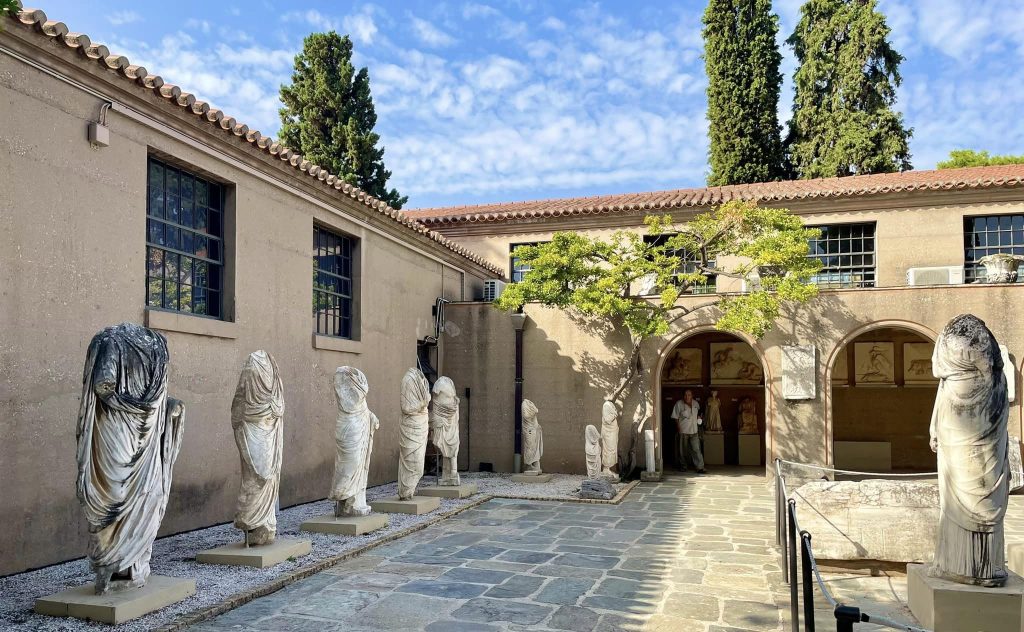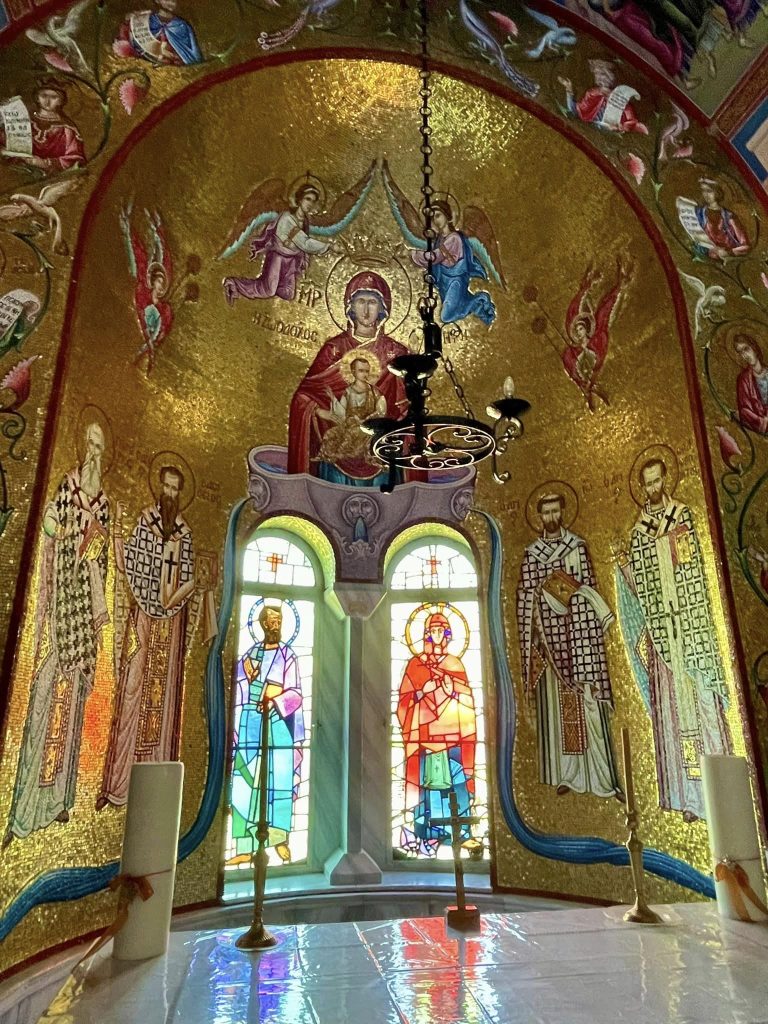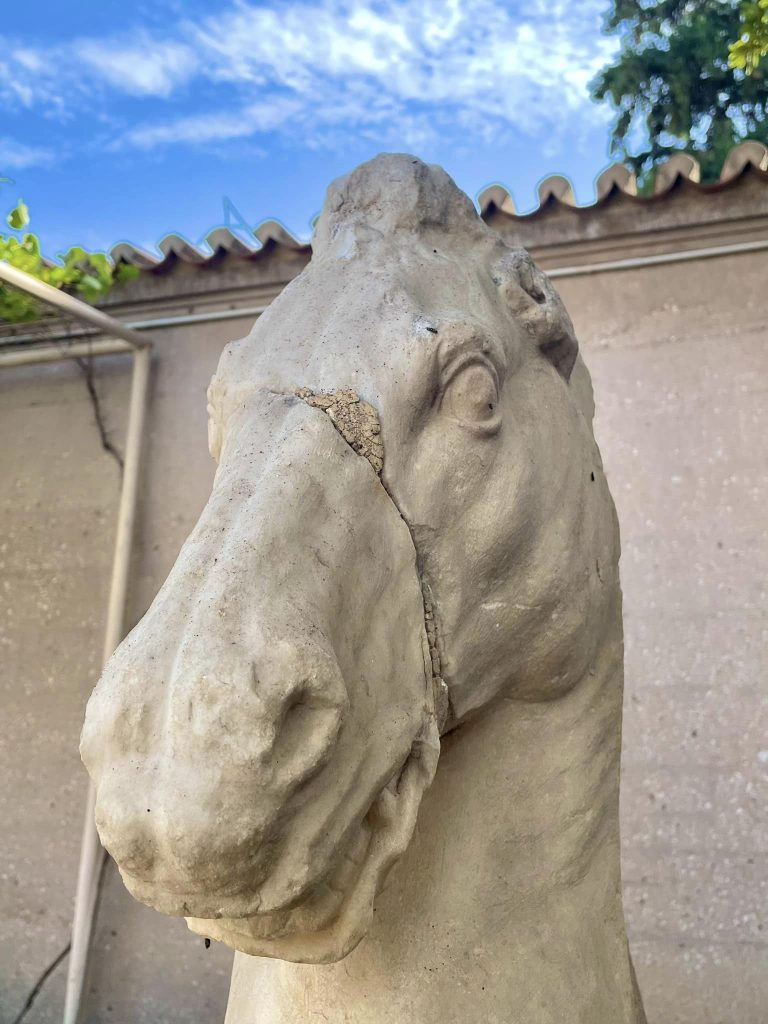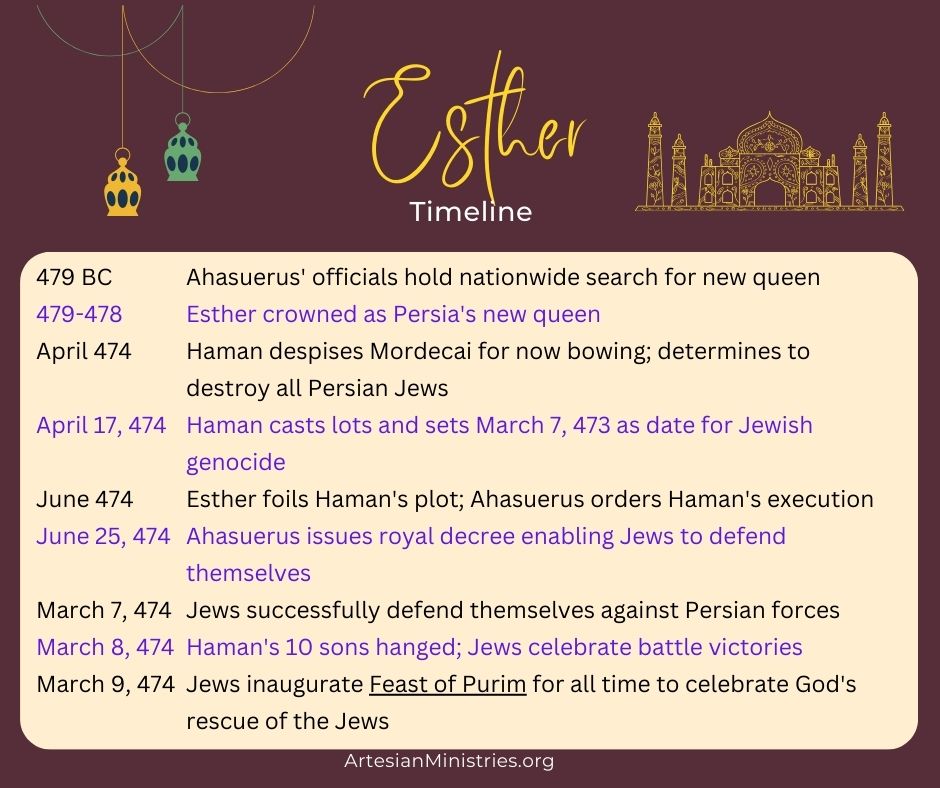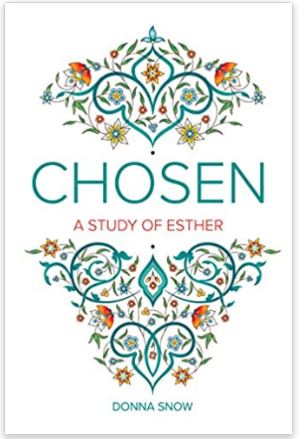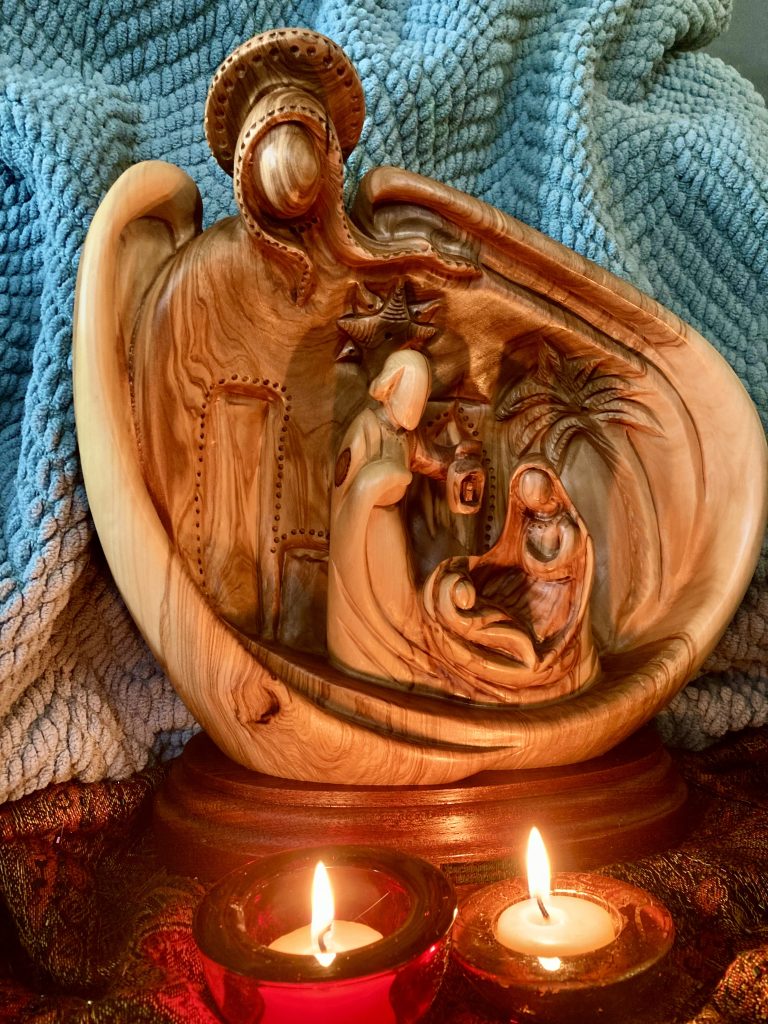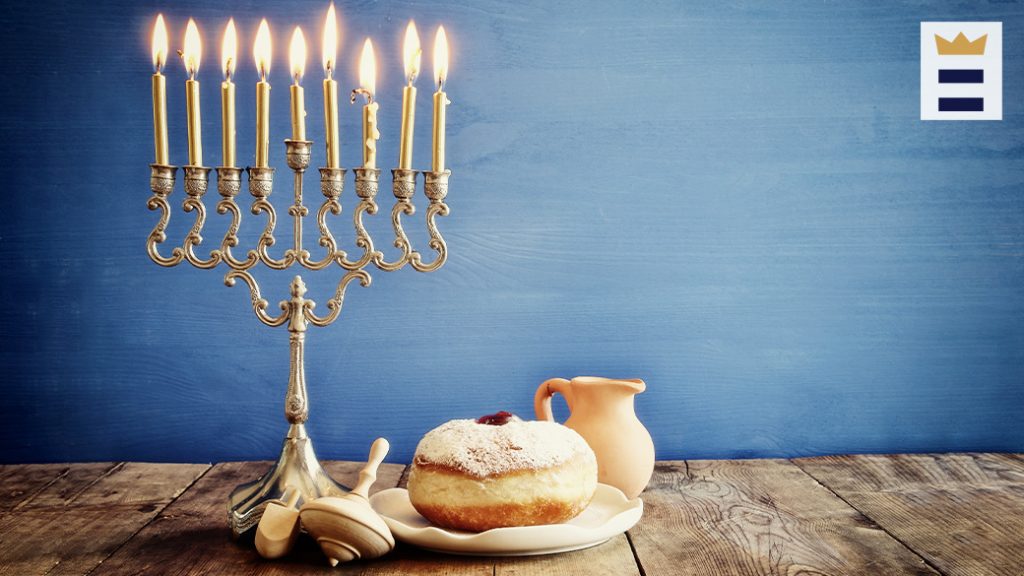All four Gospel accounts record an inscription placed on the cross above the head of Jesus Christ on Good Friday. What is the meaning of INRI? The Gospel of John tells us:
“Pilate also wrote an inscription and put it on the cross. It read, “Jesus of Nazareth, the King of the Jews.” Many of the Jews read this inscription, for the place where Jesus was crucified was near the city, and it was written in Aramaic, in Latin, and in Greek. So the chief priests of the Jews said to Pilate, “Do not write, ‘The King of the Jews,’ but rather, ‘This man said, I am King of the Jews.’” Pilate answered, “What I have written I have written” (John 19:19-22).
Pontius Pilate ordered “Jesus of Nazareth, King of the Jews” be inscribed above Jesus’ head as He hung on the cross. But what is the meaning of INRI?
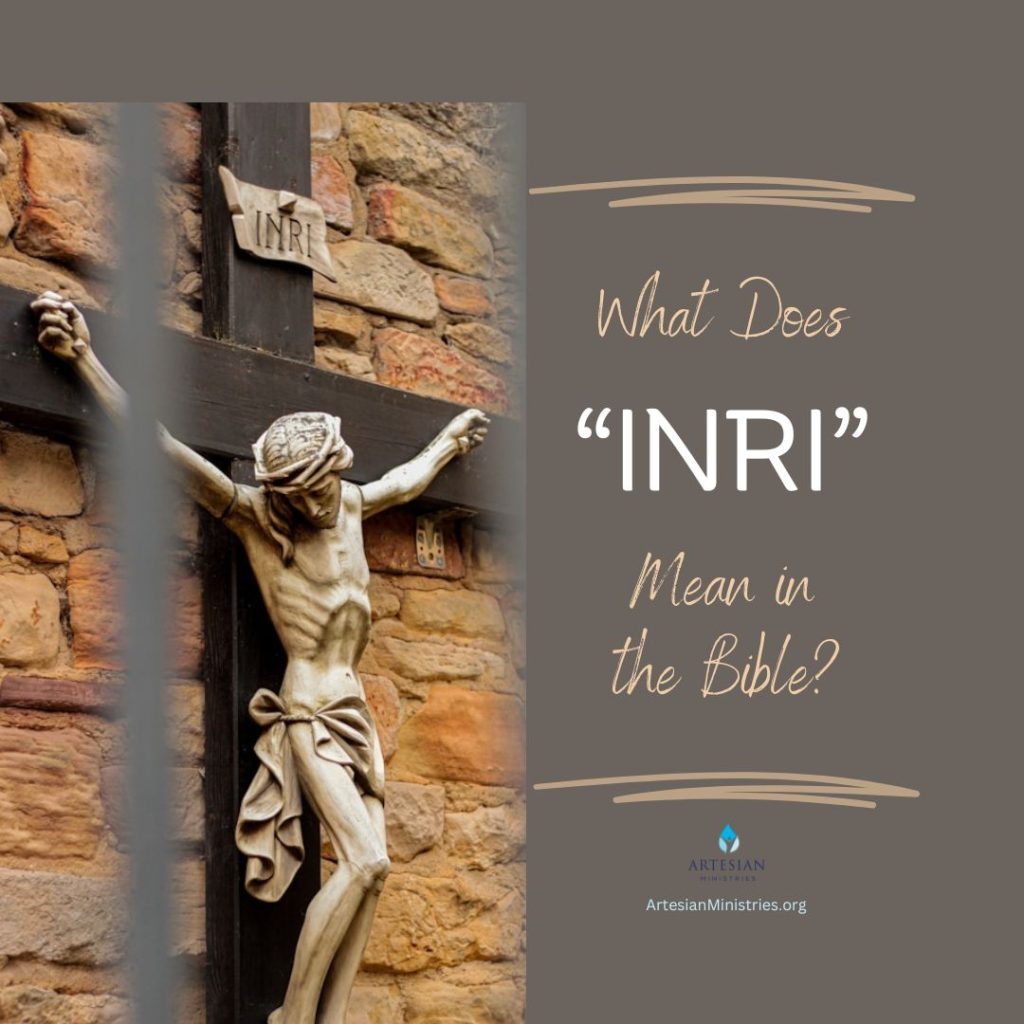
Contents
What Does INRI Mean?
Who Was Pontius Pilate?
Why Were Jewish Leaders Upset by the Title?
Did Jesus Ever Call Himself King?
What Does INRI Mean?
Latin and Greek were the dominant languages of the Roman Empire. Consequently, Latin was used by the Roman government for administrative purposes wherever they ruled.
The letters “INRI” come from the first letter of each word in Latin: “Iesus Nazarenus Rex Iudaeorum.” The English translation and meaning of INRI is “Jesus the Nazarene, the King of the Jews.” Naturally, the abbreviation INRI was a shorter inscription for the title of the cross.
Scripture is silent as to Pilate’s reasoning for choosing that phrase. Perhaps Pilate was fed up with the Jewish priests. They complicated Pilate’s duties with their elaborate religious rituals and laws. In this instance alone, Scripture eludes to the difficult relationship between Pilate and the Jewish religious leaders:
- They made Pilate come out to them in the courtyard because entering his house would defile them.
- They riled up the crowd to coerce Pilate to free Barabbas and execute Jesus after he had acquitted Him.
- Then they complained about the sign Pilate put at the top of Jesus’ cross.
Frustration seems to ooze from Pilate’s actions. That being said, the Jews never asked to be governed by the Romans in the first place.
Related post: Top 10 Longest and Hardest Names in the Bible
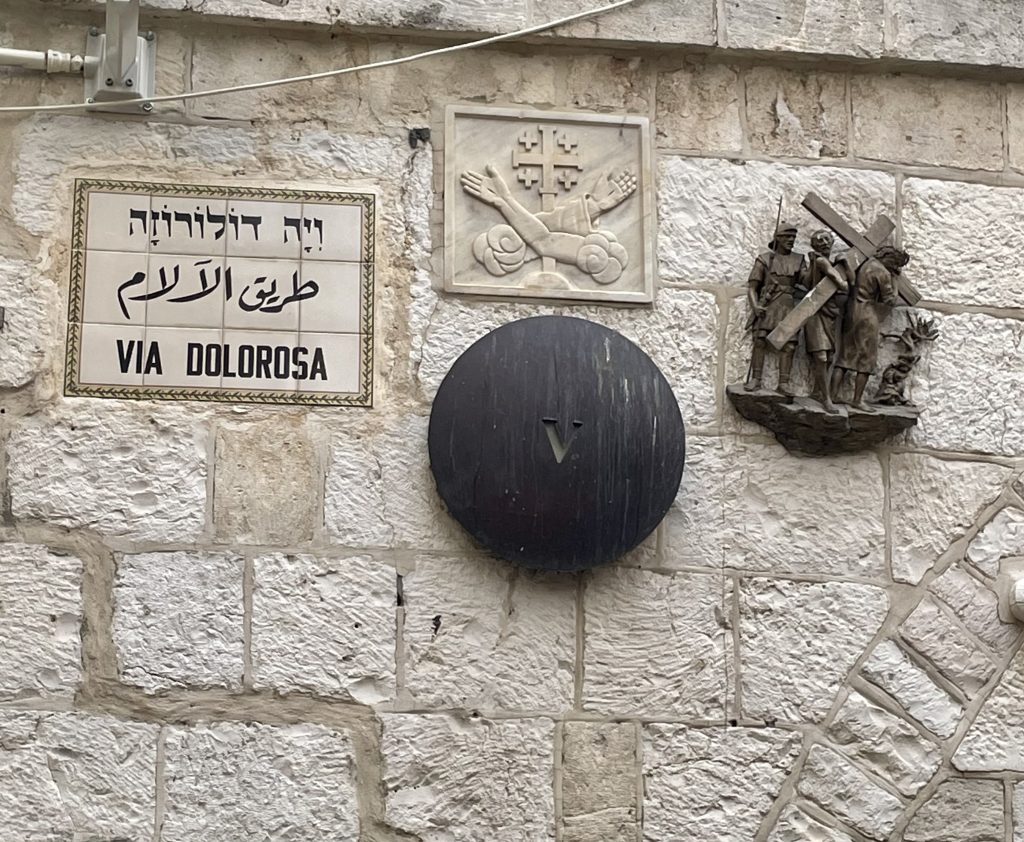
Who Was Pontius Pilate?
According to the Encyclopedia Britannica, Pilate was a Roman governor assigned in Judea in 26–36 AD. He served under the emperor Tiberius Caesar Augustus. Pontius Pilate presided at the final trial of Jesus and gave the order for the crucifixion of Jesus.
Pilate incurred the enmity of Jews by insulting their religious sensibilities. Pilate hung worship images of the emperor throughout Jerusalem and minted coins bearing Roman religious symbols. So he ordered the famous sign (knowing the meaning of INRI) to be placed over Jesus’ head. Talk about the proverbial straw that broke the camel’s back.
Pilate was appointed prefect of Judaea through the intervention of Sejanus, a favorite of Tiberius. After Sejanus’s fall in 31 AD, Pilate was exposed to sharper criticism from certain Jews, who may have capitalized on his vulnerability to obtain a legal death sentence for Jesus.
Related post: What Does the Bible Teach About Having a Pure Heart?
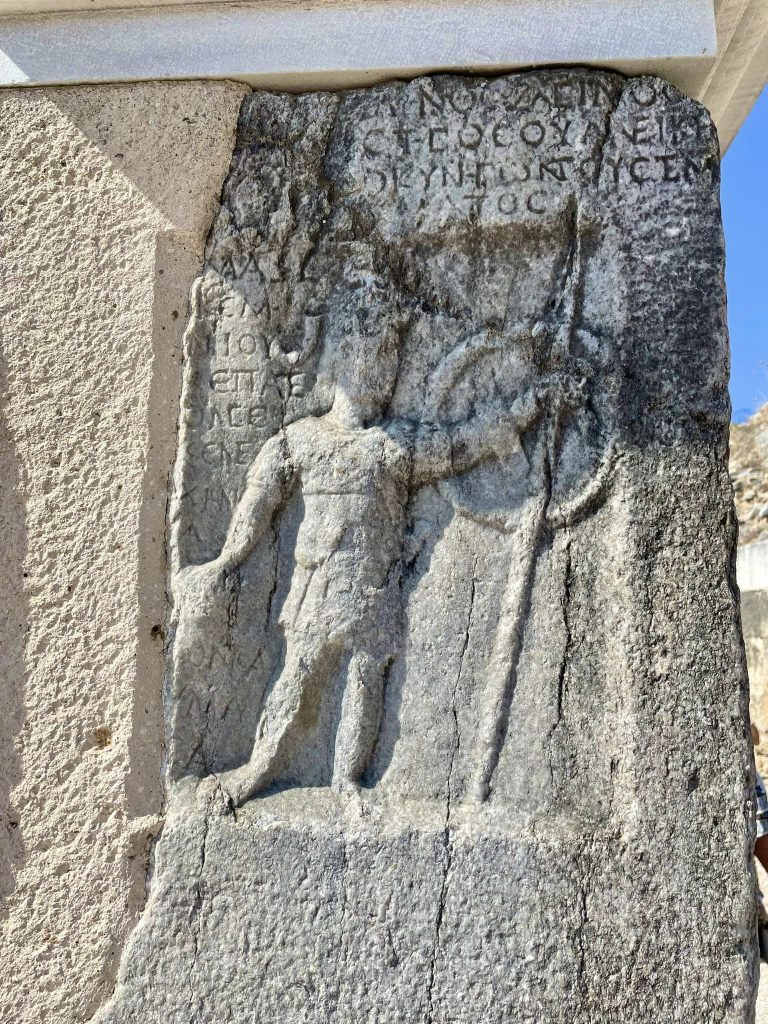
Why Were Jewish Leaders Upset by the Title?
The New Testament tells us that Pilate instructed that the word “INRI” be inscribed on a sign above the Lord Jesus. It was customary during the time of Jesus that the criminal’s name and an inscription of the charge be placed at the top of the cross.
So Pilate ordered that Roman soldiers inscribe “Jesus of Nazareth, King of the Jews” above Jesus’ head in Hebrew (likely Aramaic), Greek, and Latin. Three languages so that Pilate got his point across.
The meaning of INRI was highly offensive to the Jewish leaders. They believed calling Jesus “King of the Jews” defiled the sacred name YHWH (the holiest name of the Lord God) by giving it to a mere mortal.
But Roman rule reigned, so that sign was placed above the crown of thorns over Jesus’ head. Little did Pilate know at the time that he got the name of the Sufferer exactly right.
Related post: The Lineage of Jacob and His Family in the Bible
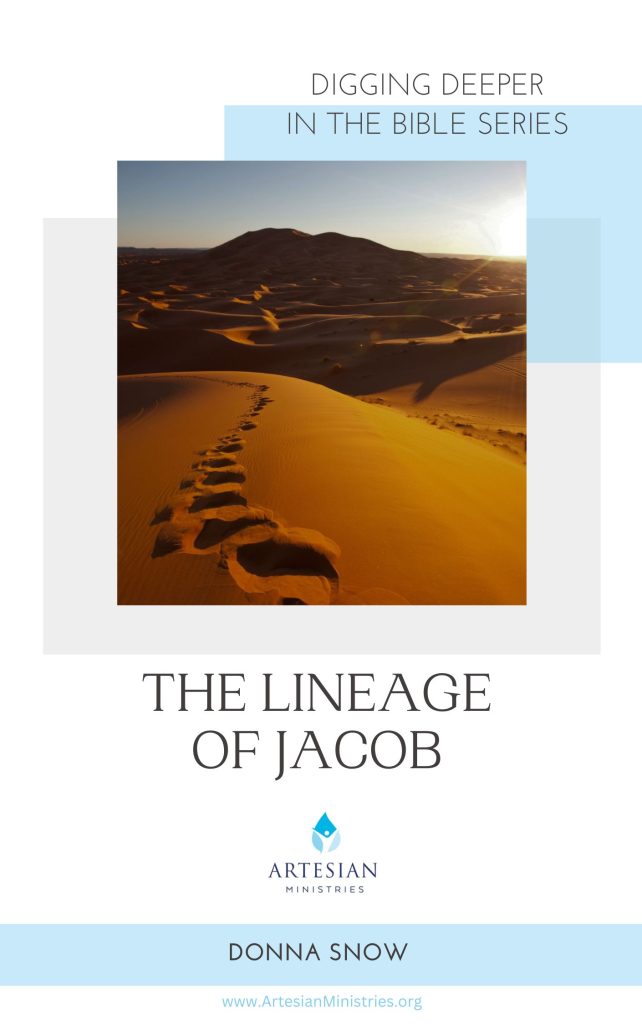
Did Jesus Ever Call Himself King?
Jesus never outright called Himself a king. The closest He came to it appears in John’s Gospel:
“Jesus answered, “My kingdom is not of this world. If my kingdom were of this world, my servants would have been fighting, that I might not be delivered over to the Jews. But my kingdom is not from the world.” 37 Then Pilate said to him, “So you are a king?” Jesus answered, “You say that I am a king. For this purpose I was born and for this purpose I have come into the world—to bear witness to the truth. Everyone who is of the truth listens to my voice” (John 18:36-37).
That being said, Jesus did call Himself: Christ, Lord, Master, Son of God, Son of man, Son of David, Son of Joseph, the Word (logos), Lamb of God, Shepherd, and so many more. And He is all of them!
Related post: What is the Biblical Meaning of Restore and Renew?
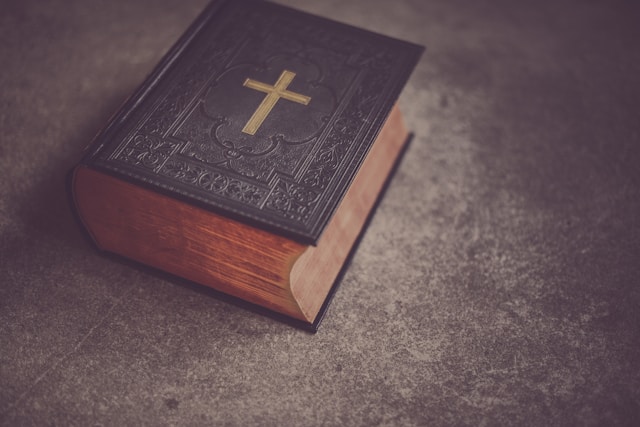
Bottom Line
Regardless of what Pilate put on Jesus’ cross, Jesus is our Lord and Savior. He came to seek and save the lost. And that is ALL of us.
“For by grace you have been saved through faith. And this is not your own doing; it is the gift of God, not a result of works, so that no one may boast” (Ephesians 2:8-9).
Before time began, when the heavens and earth were created, in the Garden of Eden, in the burning bush, throughout history, and into eternity, Jesus is our King of kings, Lord of lords, Prince of Peace, Everlasting Father, Mighty God, and Wonderful Counselor (Isaiah 9:6).
Related Posts:
- How Many Times Did Jesus Weep in the Bible?
- 100 Promises of God in the Bible to Strengthen Your Faith
- 12 Powerful Scriptures to Pray for Financial Breakthrough
About the Author
Donna is a sought-after speaker, multi-published author, and Bible teacher. Her path from unchurched to becoming passionate about sharing Jesus was difficult. Read about her God-breathed journey: “From Unchurched to Becoming a Multi-Published Author and Sought-After Speaker.” If you want to send Donna a quick message, visit her here.

{Some of these links are affiliate links. If you purchase through that link, the ministry may receive a small commission at no extra cost to you.}

